Our cities
Explore each city’s unrepeatable delights and mysteries with your own eyes. Learn about the unique history and tales of you preferred city with its landscapes and sites, and much more…
- Abadan
- Abarkooh
- Abyaneh
- Ahvaz
- Amol
- Arak
- Ardabil
- Ardakan
- Astara
- Babol
- Babolsar
- Bam
- Bandar Abbas
- Bandar Anzali
- Birjand
- Borazjan
- Boroujerd
- Bushehr
- Chabahar
- Chalous
- Damghan
- Dezful
- Gorgan
- Hamadan
- Ilam
- Isfahan
- Jiroft
- Kashan
- Kerman
- Kermanshah
- Khorramabad
- Kish
- Lahijan
- Mahan
- Mahmoud Abad
- Maku
- Mashhad
- Meybod
- Naein
- Nour
- Nowshahr
- Oraman
- Qazvin
- Qeshm
- Qom
- Rafsanjan
- Ramsar
- Rasht
- Sanandaj
- Sari
- Semnan
- Shahr-e Kord
- Shahroud
- Shiraz
- Shush
- Shushtar
- Sirjan
- Tabriz
- Tehran
- Tonekabon
- Urmia
- Yasuj
- Yazd
- Zahedan
- Zanjan

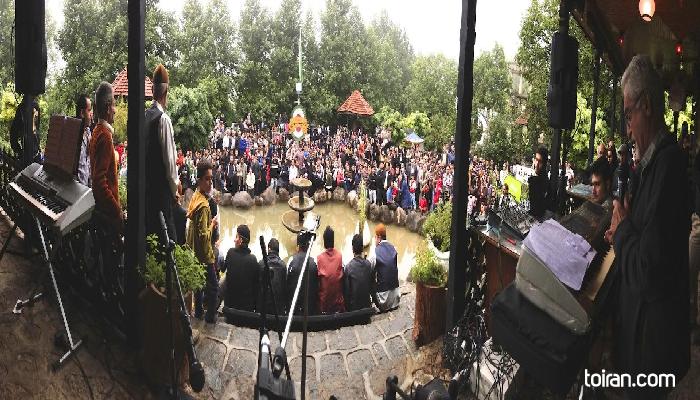


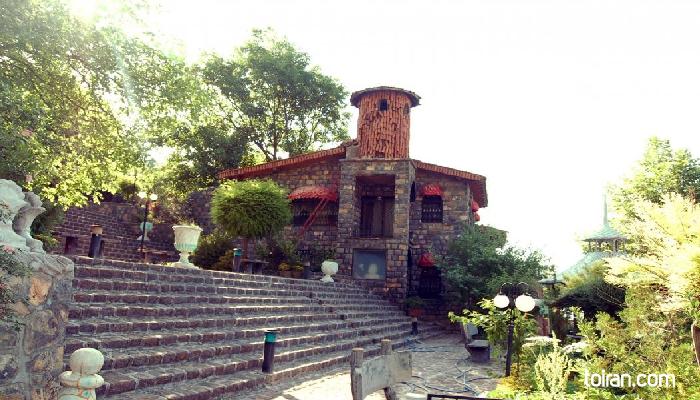


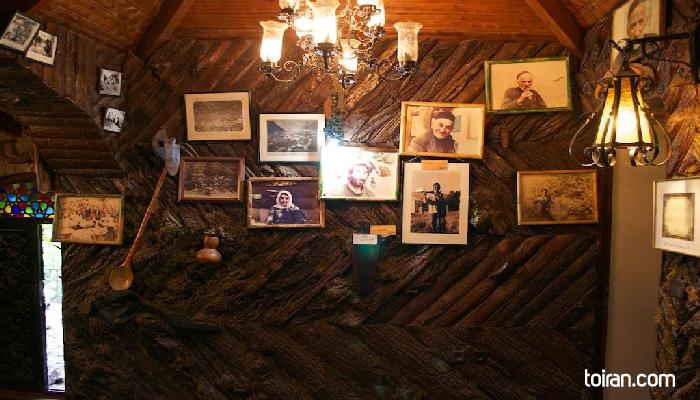
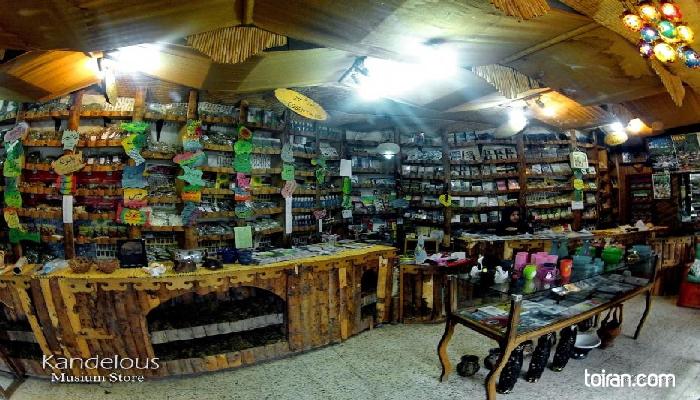
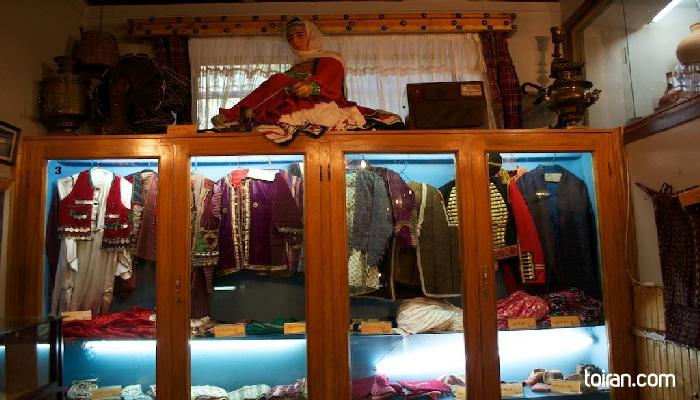


Just before you reach Chalus near Marzan Abad you can turn right on the road and enter the mountain road that takes about 20 minutes to reach the village and the Kandelus Museum and it is well worth visiting.
They offer a variety of local herbal products here and you can find almost anything in the museum here.